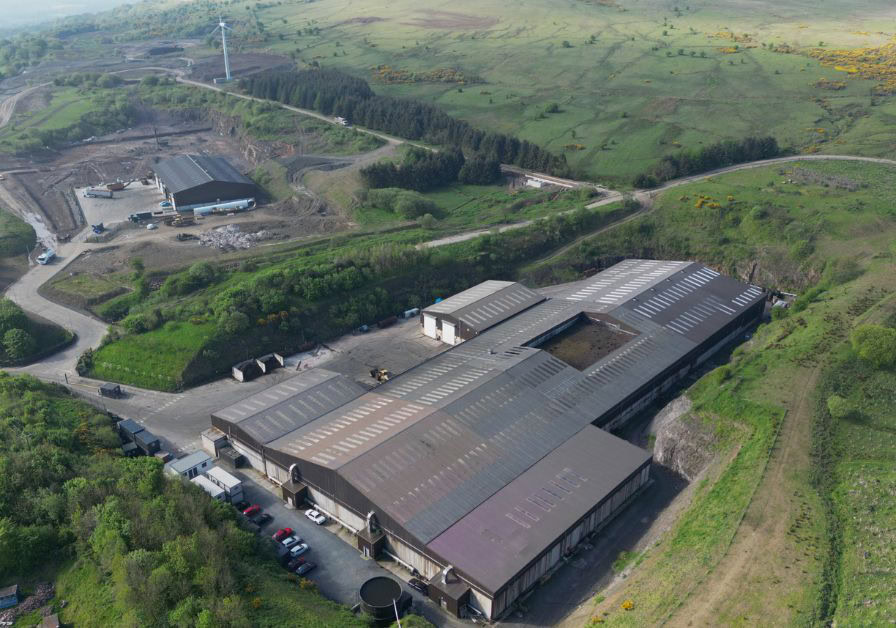The input for the site will come from agricultural feedstocks and wastes from local farms. The process will also produce digestate, a byproduct of the AD process and a natural fertiliser that can replace artificial alternatives.
Engie said that it predicts the facility will generate enough renewable gas to power 5,200 homes.
It is expected that East Riding of Yorkshire council will make a decision on the plans in the next few months. If approved, work is anticipated to start by the end of 2025.
Engaging with and supporting local communities
Stuart Rennie, managing director of renewable gases UK at Engie, said: “Engie is a key player in the UK’s energy transition and is committed to creating a greener tomorrow. Anaerobic digestion is both a sustainable solution for dealing with agricultural wastes and a local supply of renewable gas.
“We’ve worked closely with the local community over the last couple of months to understand the issues that are important to them. The planning application is supported by a range of detailed, technical assessments that show how the facility will be operated with minimal impact on the local area.
“We’ve also had lots of positive conversations about how we can support local causes and give something back to the local community.”
Following feedback from the pre-application consultation, Engie has outlined plans to restrict traffic movements through High and Low Catton to ensure the impact on local communities is minimised by the facility.
Engie added that it will establish a Community Benefit Fund to support local causes.









Subscribe for free